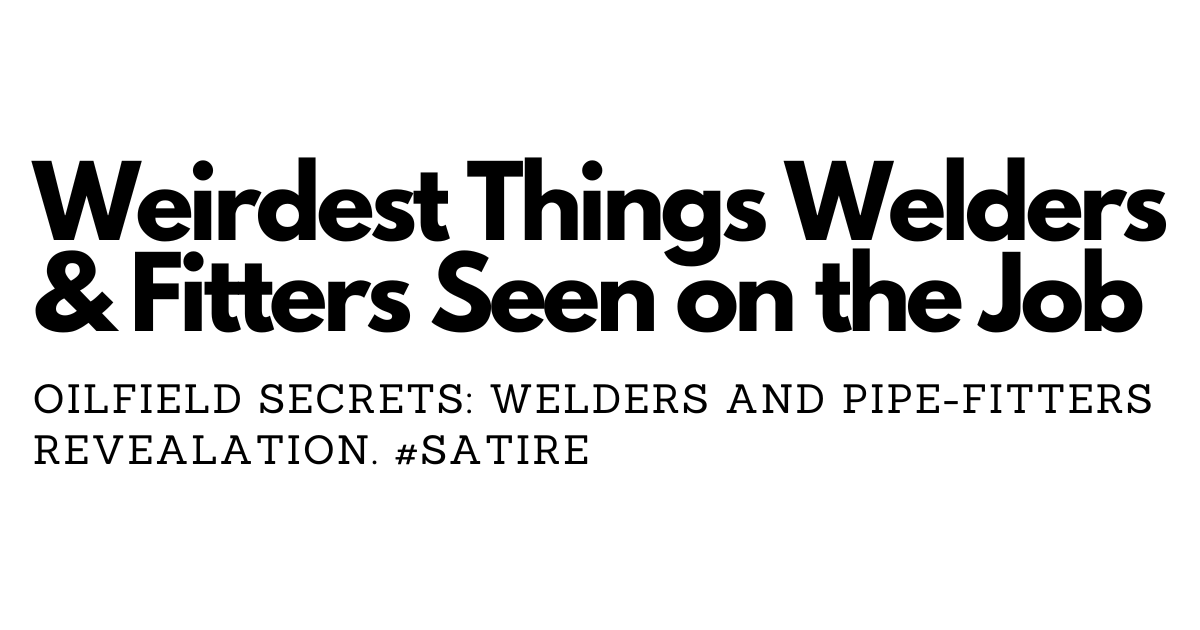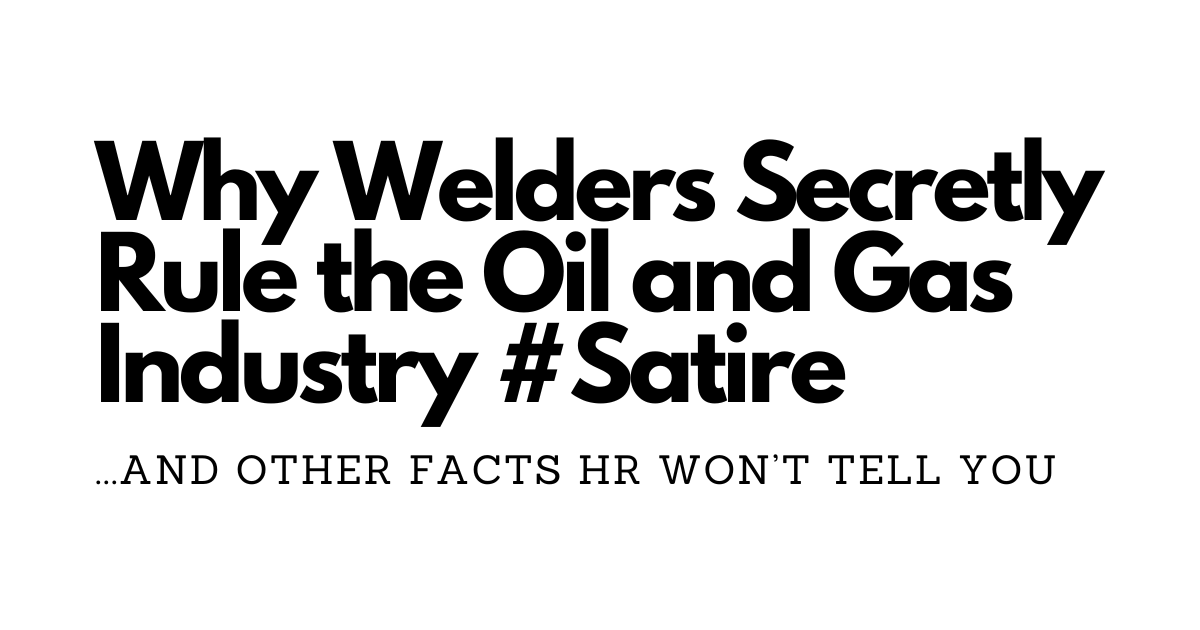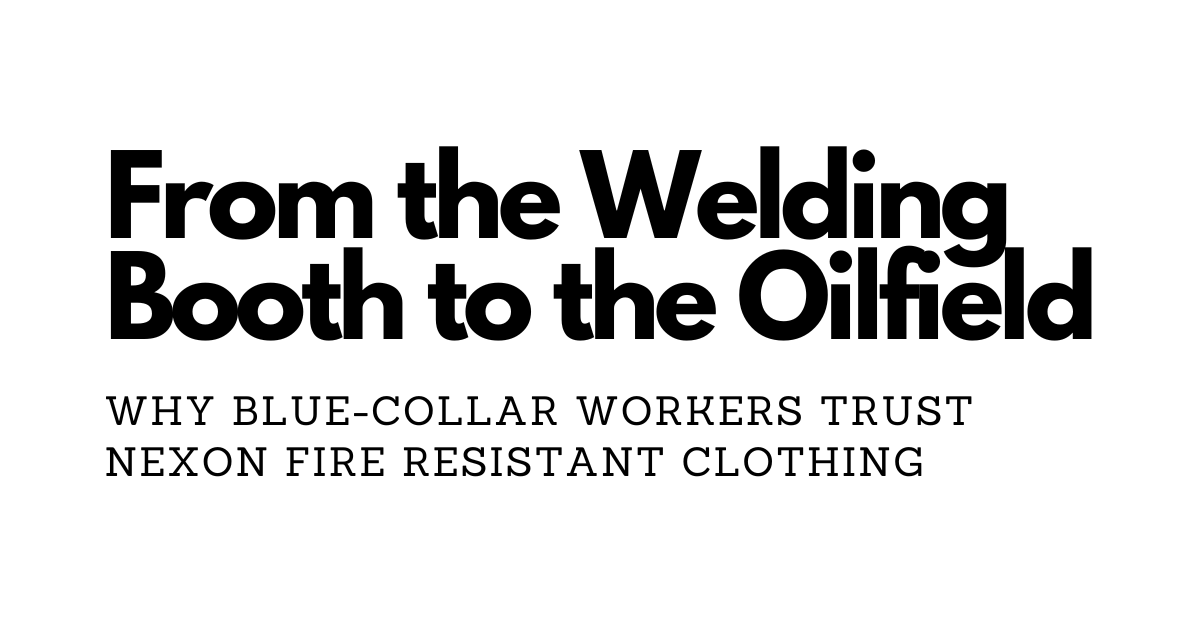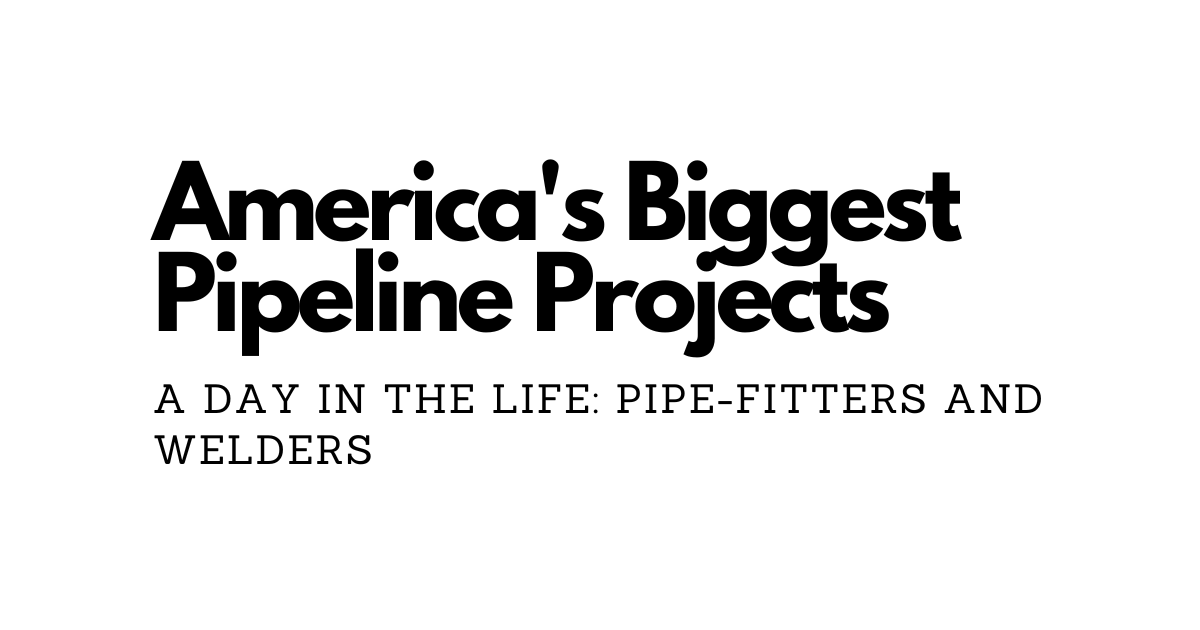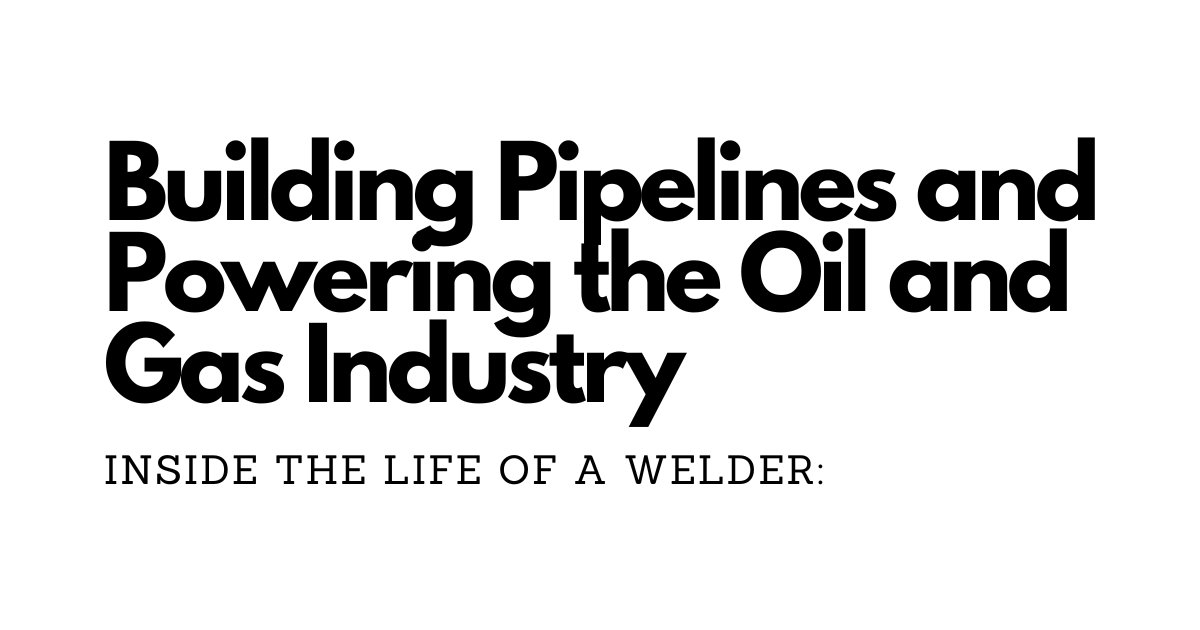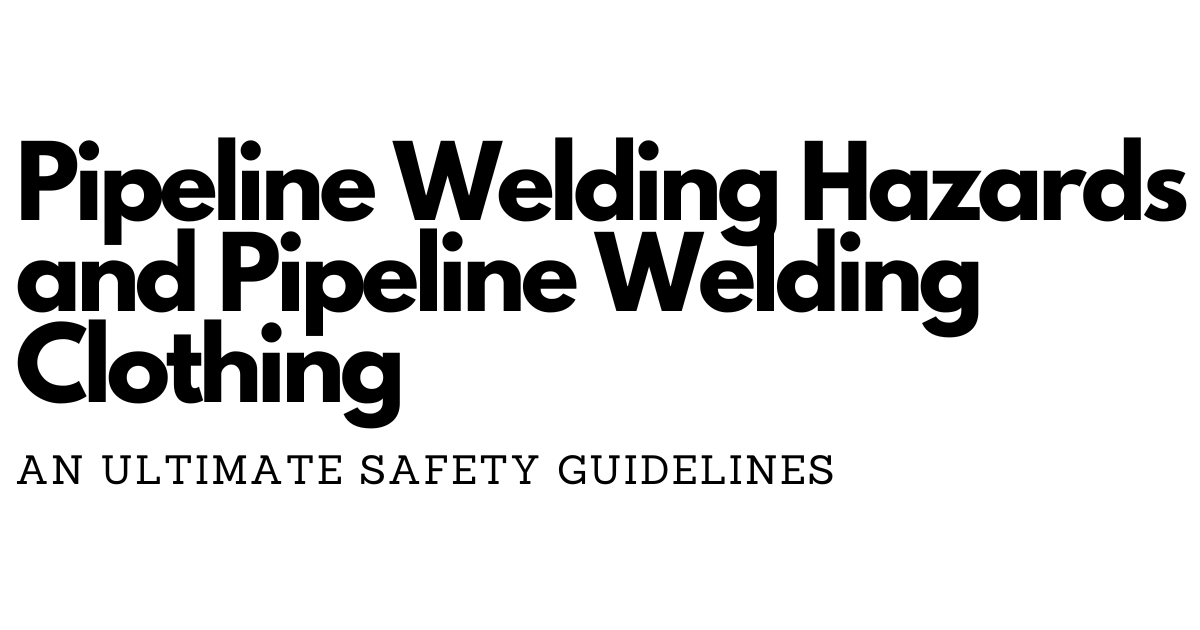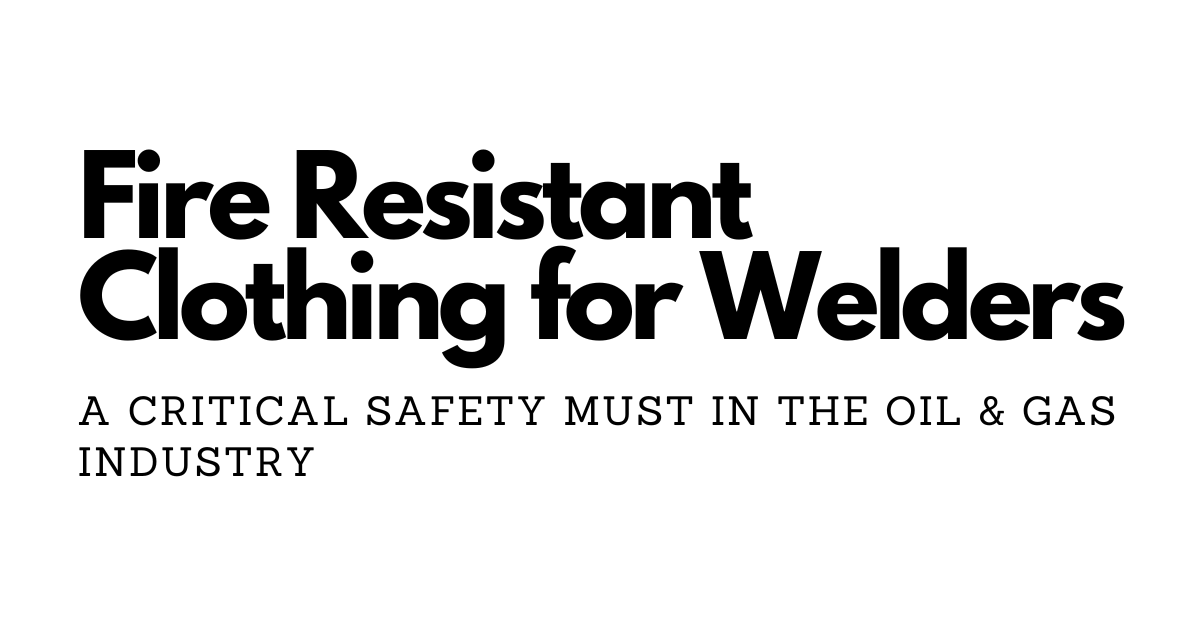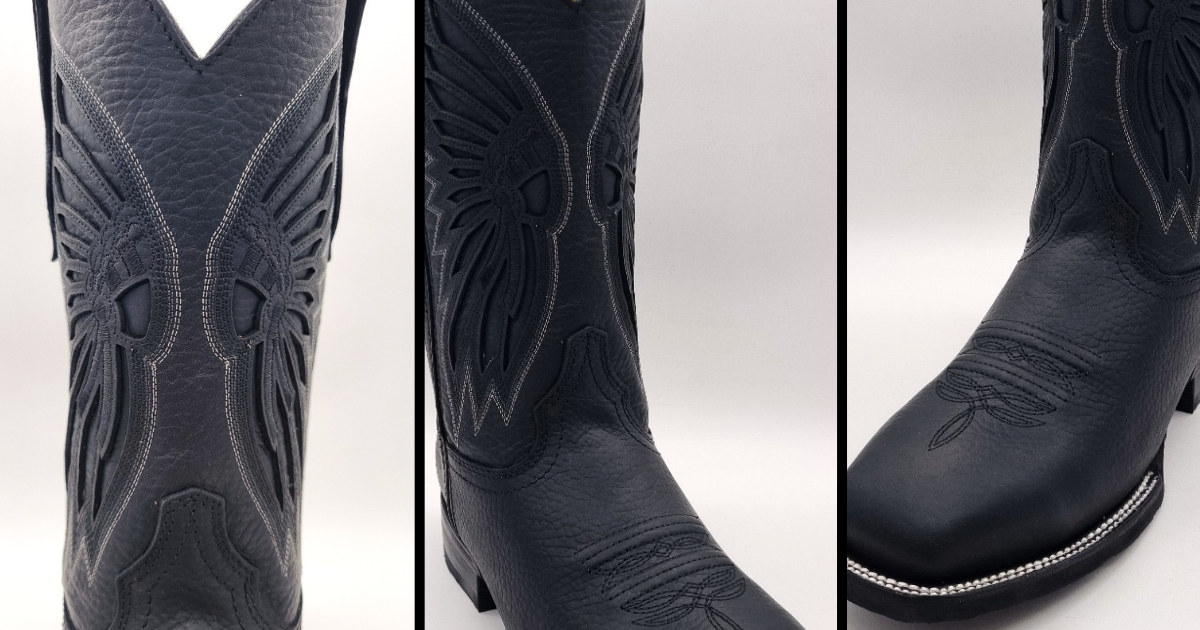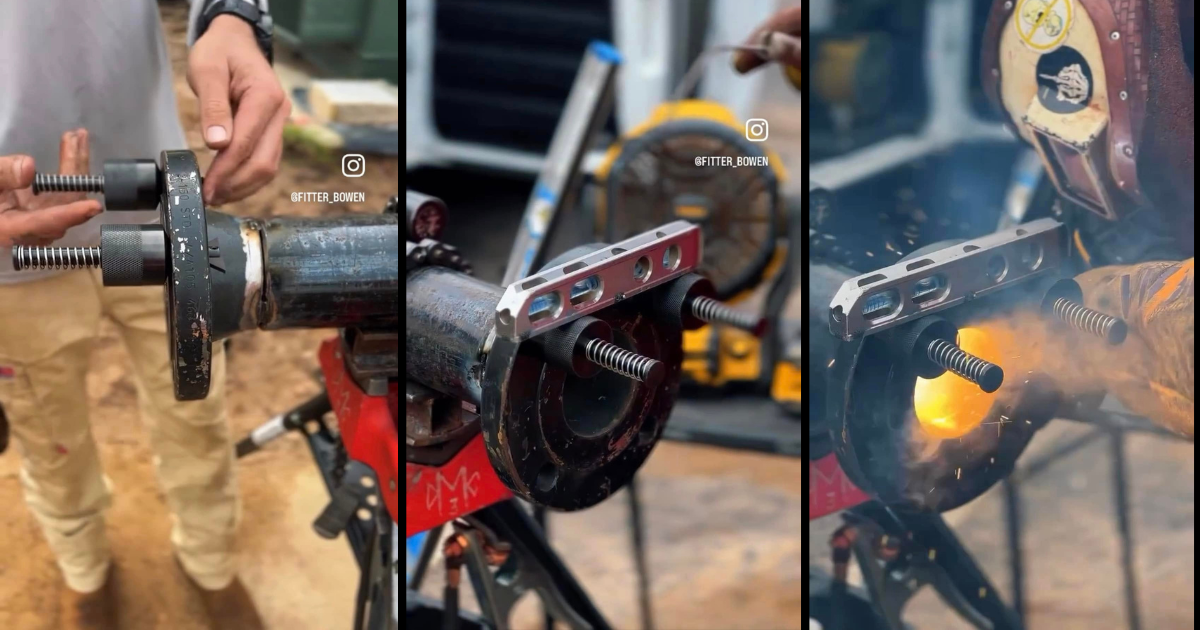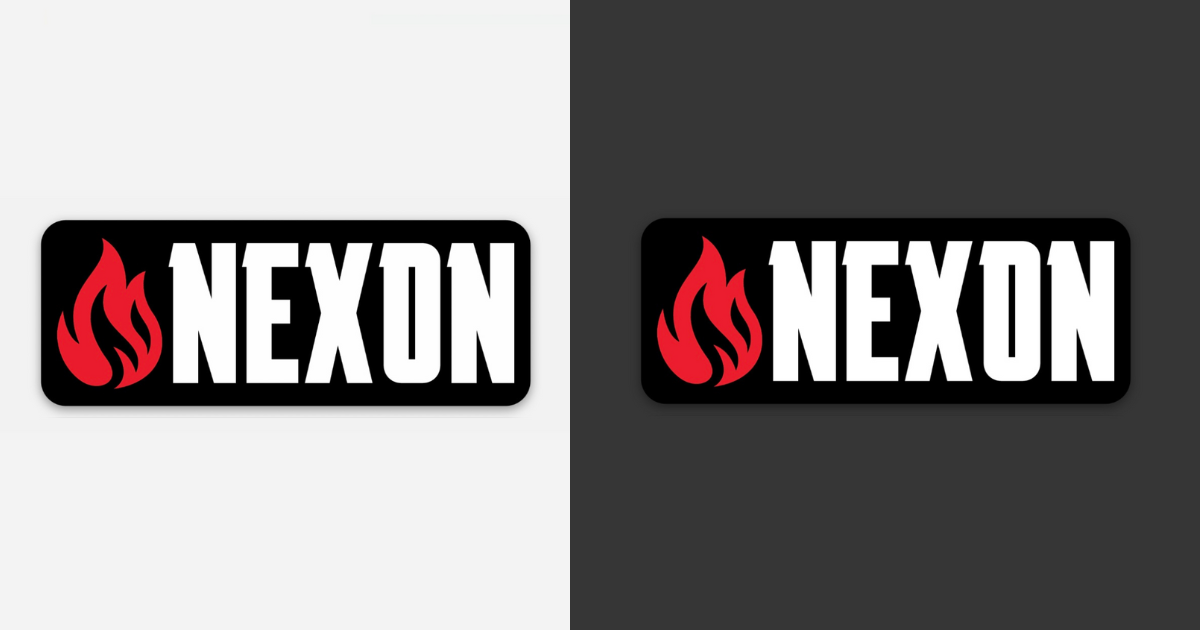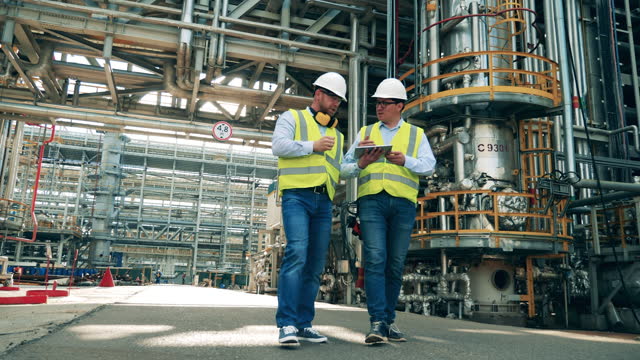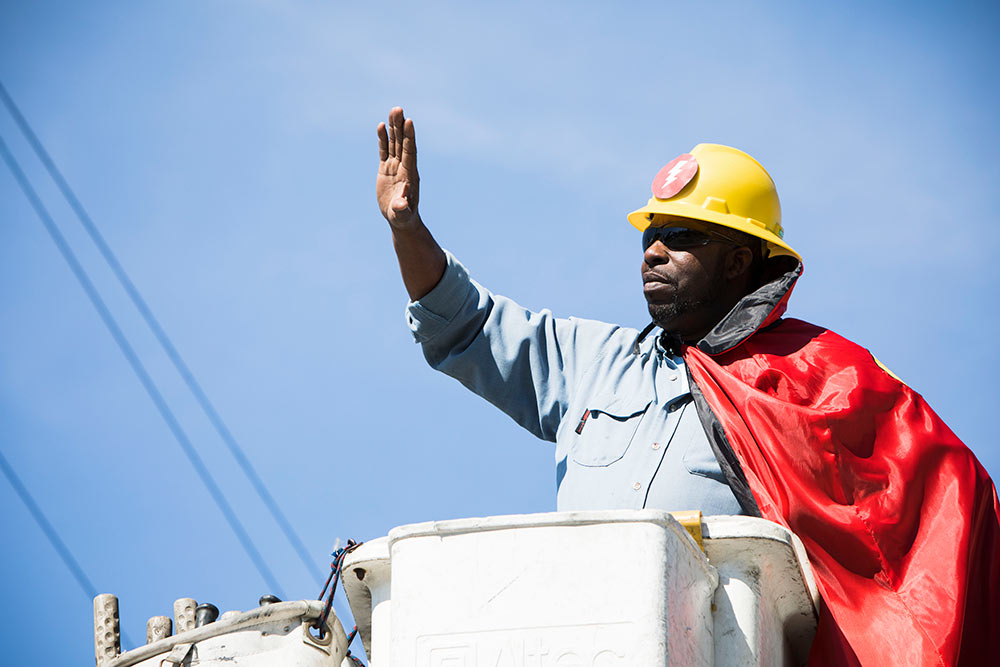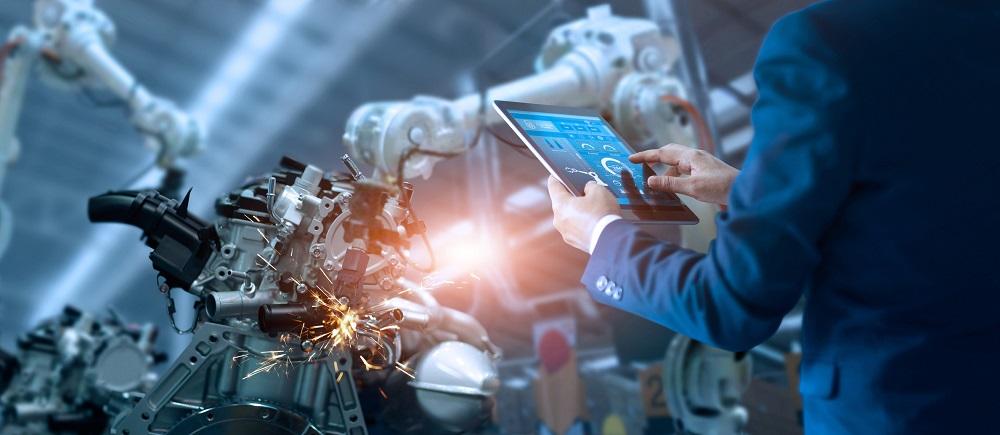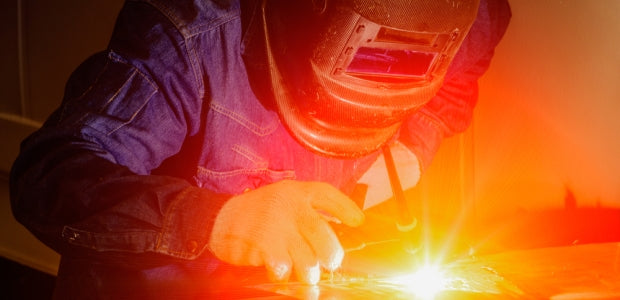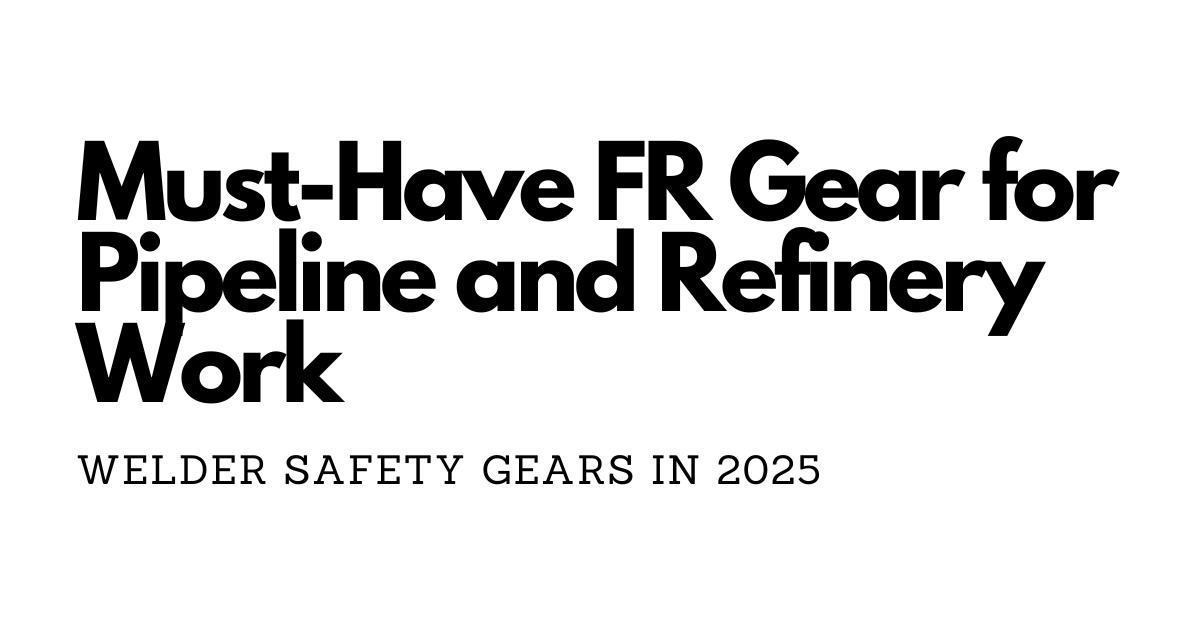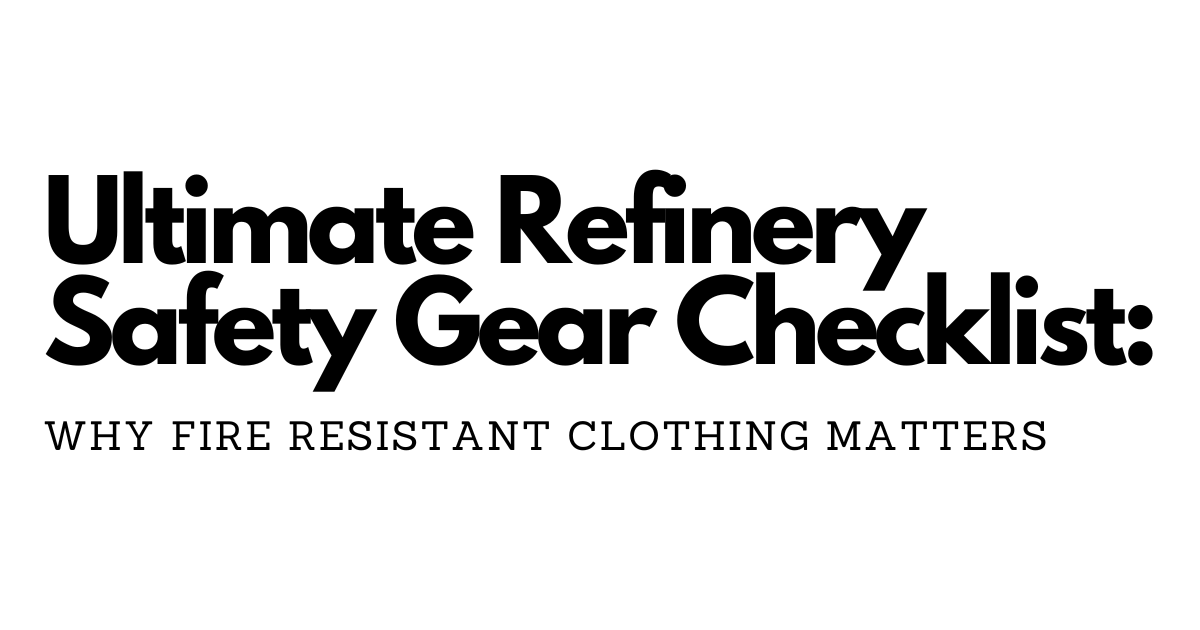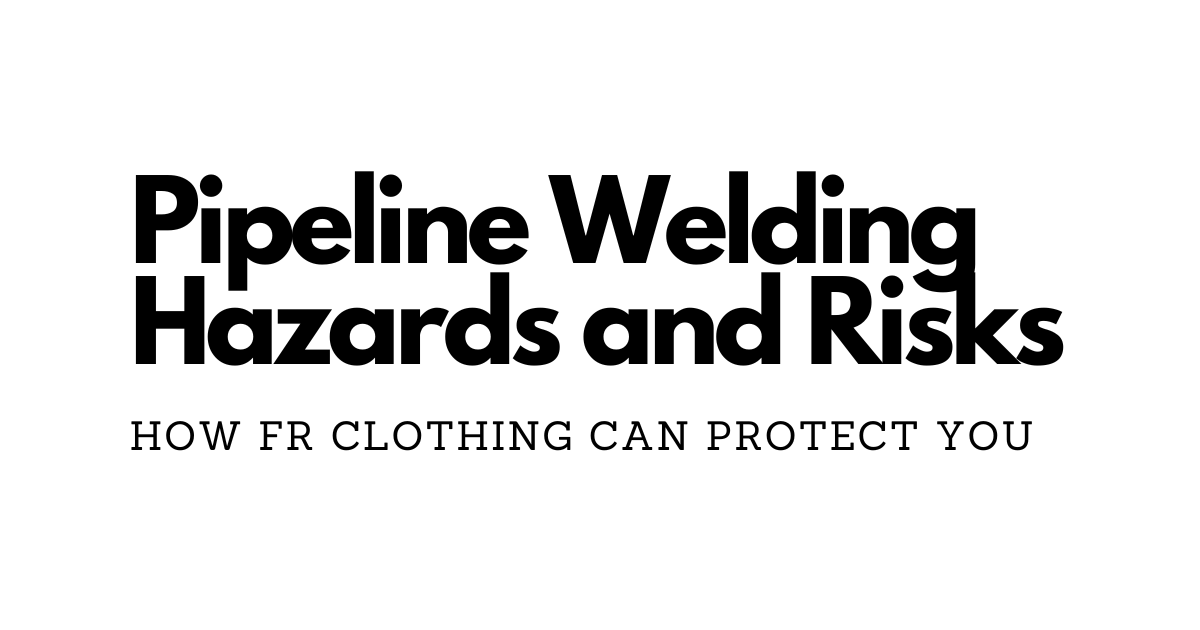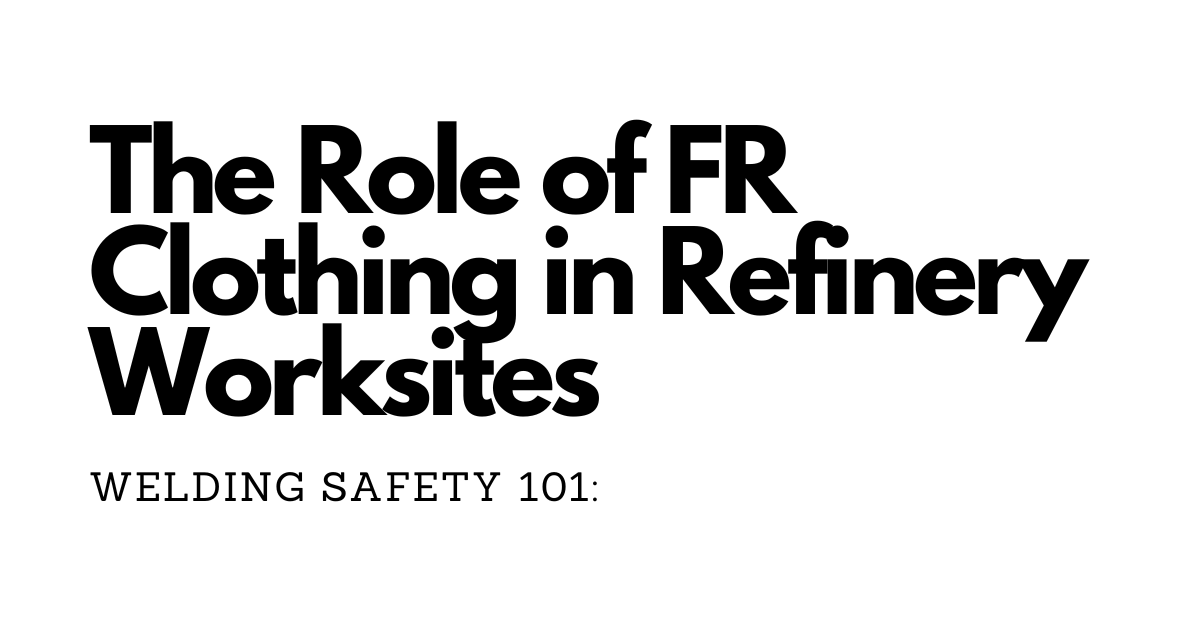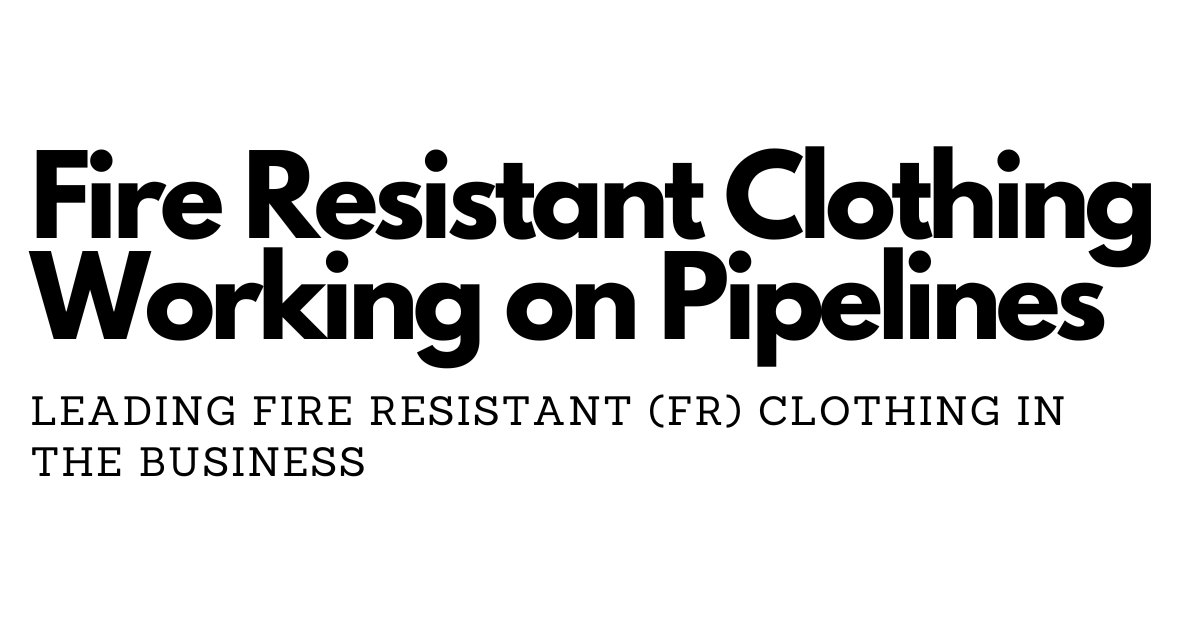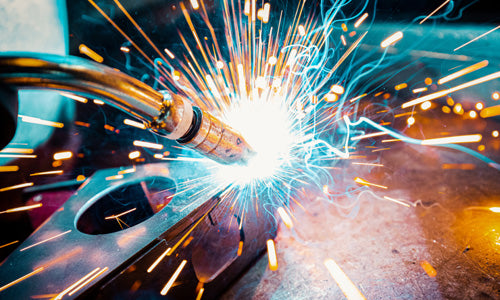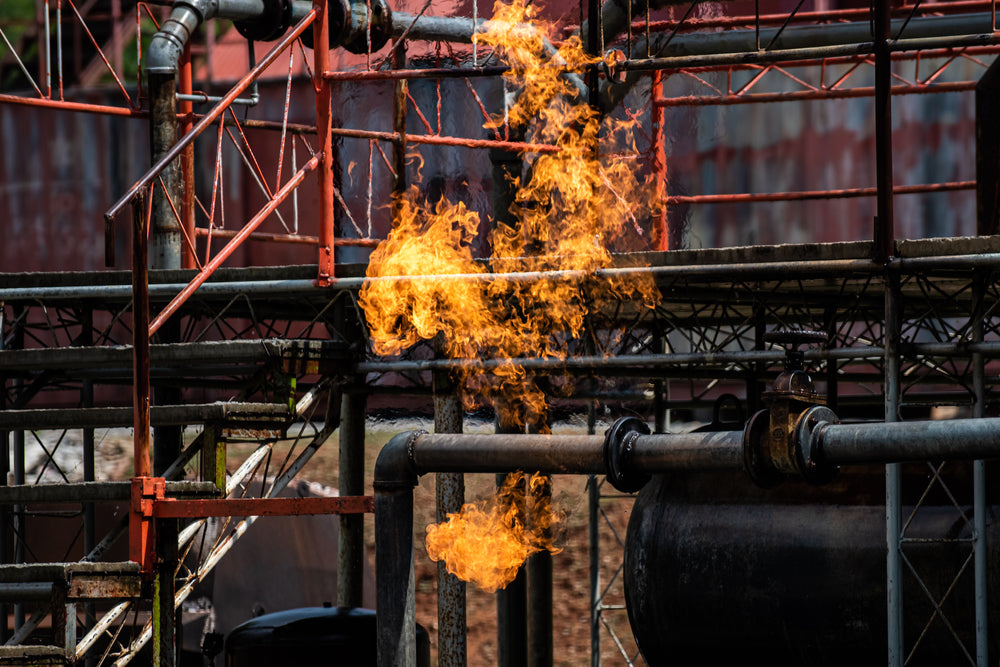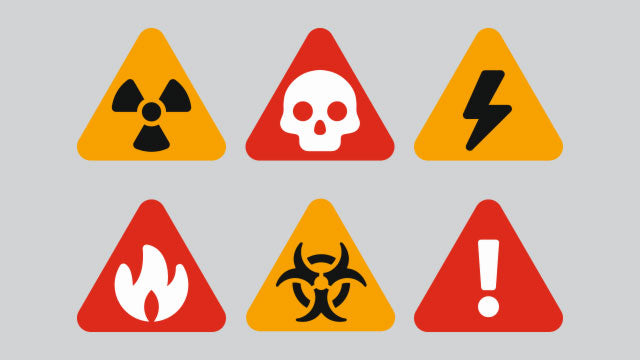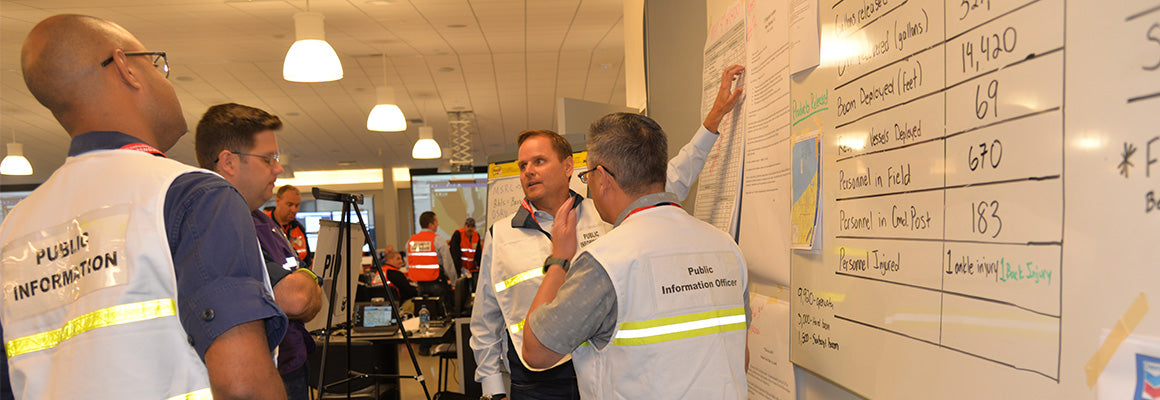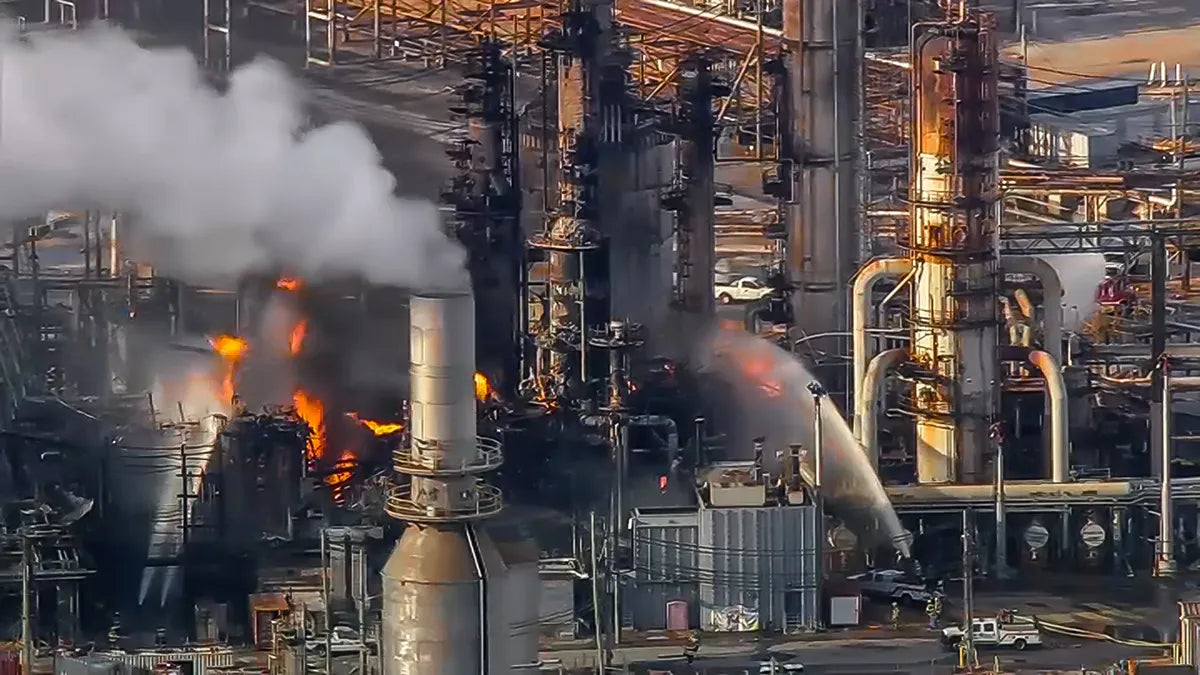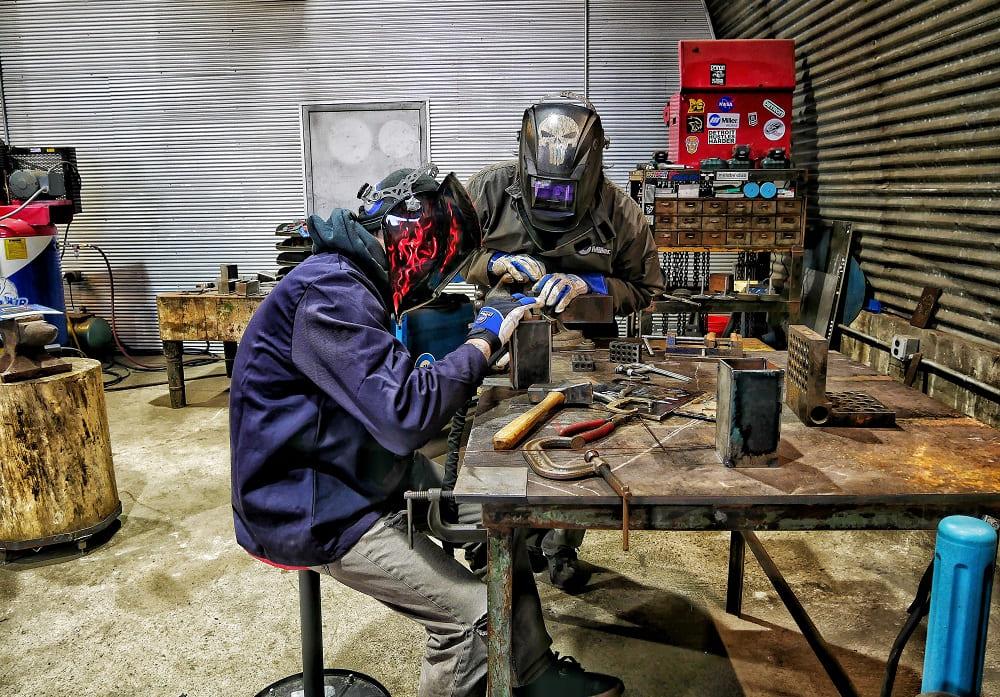

Construction is an art that marries engineering precision with craftsmanship. Whether you're a seasoned professional or just starting in the construction industry, there's always room to refine your skills and enhance your efficiency. In this article, we're going to delve into the time-tested tips and tricks of the trade that can elevate your construction work to the next level.
1. Plan and Prepare: Before you even set foot on the job site, meticulous planning is key. Familiarize yourself with the blueprints, understand the project's scope, and create a comprehensive checklist of tasks. Having a well-thought-out plan will save you time and reduce the risk of errors down the line.
-
Blueprint Familiarity: Start by thoroughly reviewing project blueprints and plans to gain a clear understanding of the project's scope, requirements, and specifications.
-
Scope Assessment: Identify the key tasks, milestones, and deadlines for the project. Break down the work into manageable phases for better organization.
-
Comprehensive Checklist: Create a detailed checklist of all tasks and materials required for each phase of the project. This checklist will serve as your roadmap throughout the construction process.
-
Permit and Regulation Compliance: Verify that all necessary permits and regulatory approvals are in place before starting work. Compliance with local building codes and safety regulations is crucial.
-
Risk Assessment: Identify potential risks and hazards associated with the project and implement strategies to mitigate them. Safety should always be a top priority.
-
Site Inspection: Conduct a thorough site inspection to assess existing conditions and any potential obstacles. This inspection will inform your planning and help you anticipate challenges.
-
Team Briefing: Brief your team on the project plan and ensure everyone understands their roles and responsibilities. Regular team meetings can help maintain alignment.
-
Safety Training: Ensure that all workers are adequately trained in safety protocols and the proper use of personal protective equipment (PPE). Safety should be a continuous focus throughout the project.
-
Quality Control: Establish quality control measures to ensure that work meets or exceeds industry standards and project specifications. Regular inspections can help maintain quality.
-
Adaptability: Be prepared to adapt your plan as the project evolves. Flexibility and problem-solving skills are invaluable in the ever-changing construction environment.
-
Continuous Improvement: After project completion, conduct a thorough review to identify lessons learned and areas for improvement in your planning and preparation processes. This feedback loop contributes to professional growth.
Effective planning and preparation are foundational to successful construction projects. By following these bulleted guidelines, you can set a solid foundation for efficient, organized, and safe construction work.
-
Enhanced Productivity: Quality tools are designed for efficiency and precision, enabling workers to complete tasks more quickly and with greater accuracy. This translates to higher productivity and the ability to take on more projects.
-
Durability and Reliability: Quality tools are built to withstand heavy use and tough conditions. They have a longer lifespan, reducing the need for frequent replacements and costly downtime.
-
Safety Assurance: High-quality tools are less likely to malfunction or break during use, significantly reducing the risk of accidents and injuries. Workers can perform tasks with confidence, knowing their tools won't fail them.
-
Improved Work Quality: Precision and consistency are hallmarks of quality tools. They allow for accurate measurements, cuts, and results, contributing to higher workmanship standards and customer satisfaction.
-
Cost Savings: While quality tools may have a higher initial cost, they offer better long-term value. Reduced maintenance, fewer replacements, and increased productivity ultimately lead to cost savings over time.
Investing in quality tools is an investment in efficiency, safety, work quality, and the overall success of the work being performed.
3. Safety First: Construction sites can be hazardous, so safety should always be a top priority. Use personal protective equipment (PPE), such as hard hats, safety glasses, gloves, and steel-toed boots. Ensure that you and your team are well-versed in safety protocols and follow them rigorously.
4. Master Your Craft: Continuous learning is essential in the construction industry. Stay updated on the latest construction techniques, materials, and technologies. Seek out training opportunities and certifications to enhance your skill set.
5. Teamwork Matters: Construction is often a collaborative effort. Effective communication and teamwork can make or break a project. Foster a positive working environment, where everyone is valued and encouraged to contribute their expertise.
6. Measure Twice, Cut Once: This age-old adage still holds true. Taking the time to measure accurately before cutting or installing materials can save you from costly mistakes. Precision is a cornerstone of quality construction work.
7. Stay Organized: A well-organized workspace is a productive one. Keep your tools and materials neatly arranged, and establish efficient workflows. This not only speeds up your work but also reduces stress on the job.
8. Adaptability is Key: Construction projects often encounter unforeseen challenges. Being flexible and adaptable in your approach allows you to tackle unexpected issues with confidence and creativity.
9. Quality Over Speed: While efficiency is important, never compromise on the quality of your work. Rushed or shoddy construction can lead to costly repairs and safety hazards down the road. Take the time to do it right the first time. Here are few points to keep in mind.
-
Customer Satisfaction: Quality work results in products or services that meet or exceed customer expectations. Satisfied customers are more likely to become repeat clients and recommend your business to others, contributing to long-term success.
-
Reputation Building: Consistently delivering high-quality work builds a positive reputation for your business or personal brand. A strong reputation can differentiate you from competitors and attract new opportunities.
-
Reduced Costs: Quality work reduces the need for rework, repairs, or corrections, which can be costly in terms of both time and resources. This efficiency leads to cost savings and increased profitability.
-
Increased Efficiency: Quality work processes are often more efficient and streamlined. By focusing on doing things right the first time, you can save time and effort, enabling you to take on more projects or tasks.
-
Long-Term Sustainability: Businesses and individuals known for quality work are more likely to enjoy long-term sustainability. Quality work creates a foundation for growth and stability, allowing you to thrive in the long run.
In summary, quality work not only benefits customers but also has a positive impact on your reputation, financial health, efficiency, and long-term sustainability. It's a cornerstone of success in various industries and professions.
In the dynamic world of construction, where precision, safety, and craftsmanship converge, these tips and tricks of the trade can be your guiding principles. Whether you're constructing towering skyscrapers or crafting intricate details, the construction industry rewards those who approach their work with dedication, continuous improvement, and a commitment to excellence.
